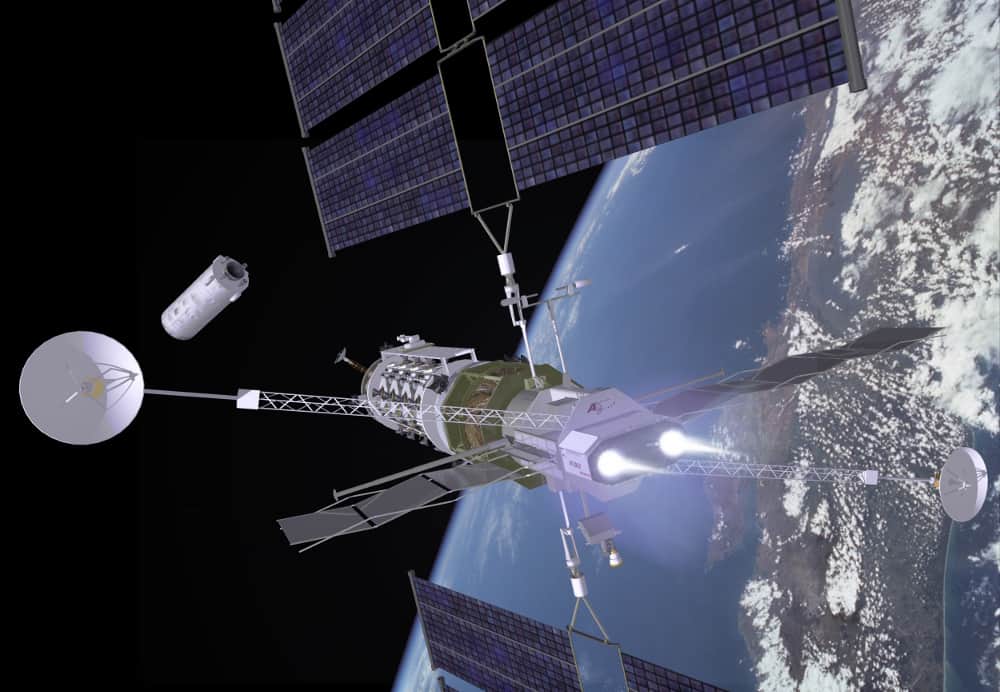Costa Rican astronaut Franklin Chang’s company Ad Astra Rocket has finalized a $9 million contract with NASA to help push the company’s VASIMR deep space engine one step closer to flight, according to a statement from the company this week.
Early tests for the Variable Specific Impulse Magnetoplasma Rocket, or VASIMR, were conducted at the Ad Astra facility in Liberia, the capital of the northwestern province of Guanacaste. But a new phase of high power, long duration testing will take place in Texas per the terms of the three-year contract with NASA.
Though this latest stage of the engine’s development is taking place at Ad Astra’s U.S. lab, the company’s Costa Rica facility will continue to support VASIMR’s development, the Liberia facility’s chief scientist, José Antonio Castro, told The Tico Times.
The testing made possible with NASA funds will fire the engine in a vacuum chamber for 100-hour continuous durations at a power level of 100 kilowatts. That power level is roughly equivalent to the 134-horsepower engine found in a Mini Cooper, Castro said.
The thrust of a sport compact might not inspire visions of deep space travel, but the power requirements of in-space travel are very different from those required to launch a shuttle into space, Castro explained.
“The problem with acceleration on Earth is air resistance. The faster you go the greater the air resistance,” Castro said, “But in space — in a vacuum — there’s no air to hold you back.”
That’s where the VASIMR comes in. The VASIMR engine uses plasma, an electrically charged gas that can reach extreme temperatures, and magnets to release controlled pulses of thrust. Engineers designed VASIMR as a scalable, high-efficiency, low-weight solution to space propulsion.
In space, that Mini Cooper could deflect an asteroid heading toward Earth.
The plasma engine isn’t powerful enough to lift a spaceship into orbit, but it can propel ships or cargo already in space faster and more efficiently than chemical propulsion systems, like those that have traditionally launched rockets.
The funding for the engine’s long-duration testing was awarded through NASA’s Next Space Technologies for Exploration Partnerships (NextSTEP).






